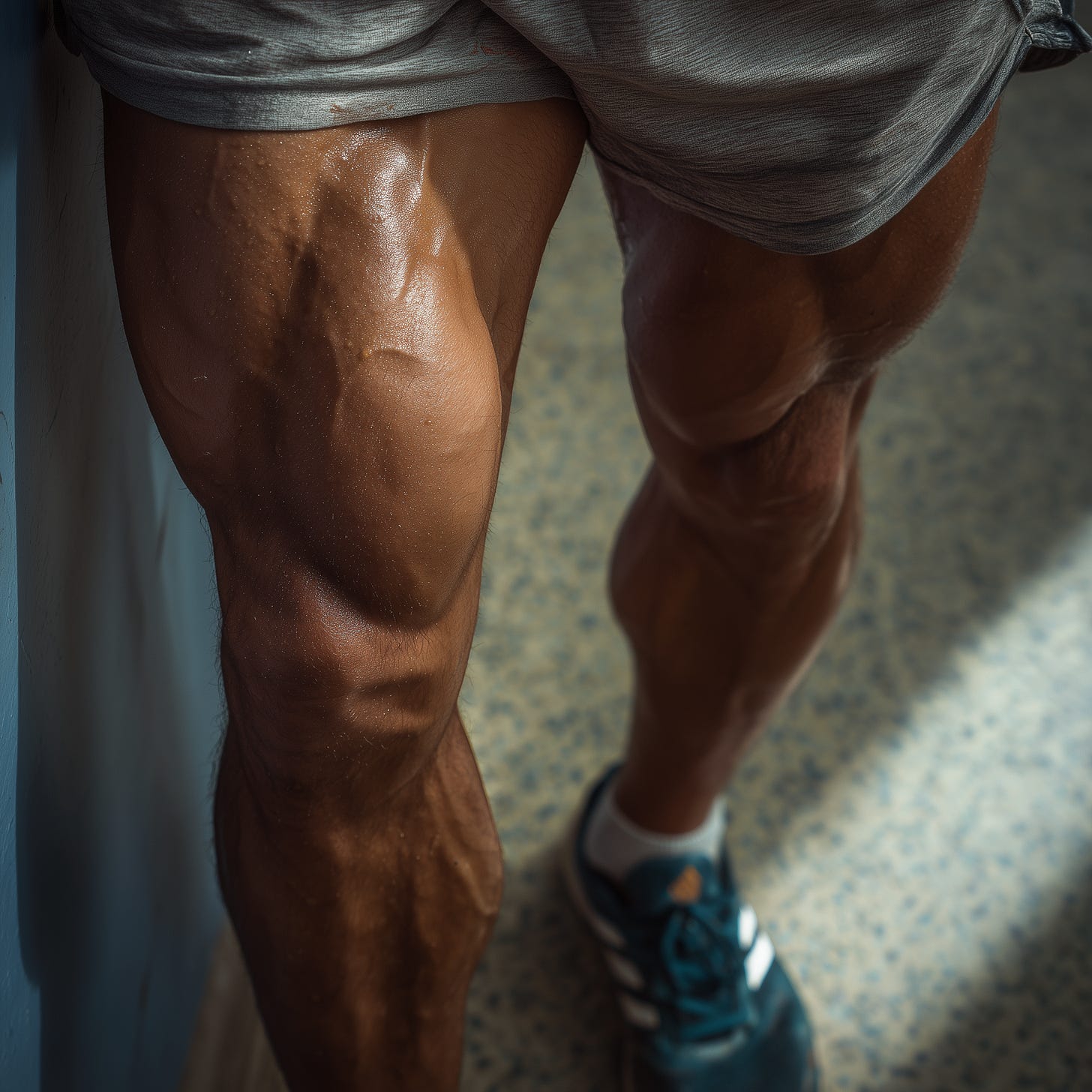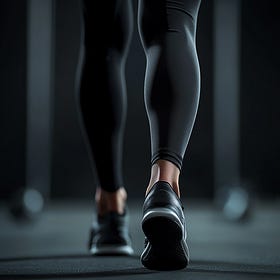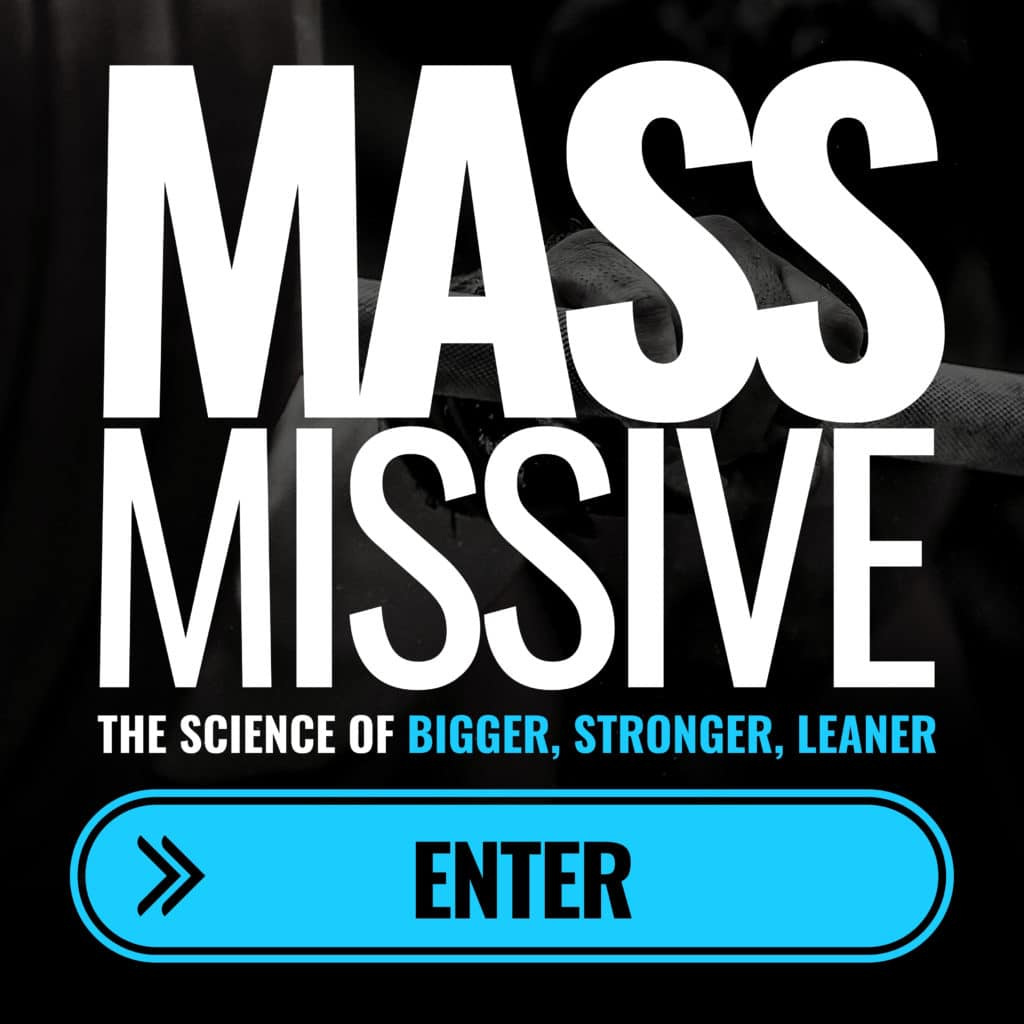Past-Failure Partials For Greater Calf Muscle Growth
Study shows continuing with partial reps after failure produces 43% more muscle growth than traditional training.
The calf muscles tend to recover faster than most others, but do pushing sets past failure benefit muscle growth in this often-called ‘stubborn muscle’? Most lifters stop when they can’t complete another full rep, which is fine. But what if continuing with partial reps beyond failure unlocked significantly more growth? A recent study tested this question, comparing two approaches: stopping calf raises at failure in the contracted (plantar flexed) position, versus continuing with partial reps in the lengthened (dorsiflexed) position after failure.
PMID: 39995432
Key Points
Study Aim and Design
The primary objective was to determine if past-failure partials - continuing with partial repetitions in the lengthened position after reaching momentary failure - would result in greater gastrocnemius muscle growth compared to traditional sets that terminate at failure. The researchers hypothesised that terminating sets around peak dorsiflexion (stretched position) would produce superior hypertrophic outcomes compared to stopping at peak plantar flexion (contracted position).
Loaded Inter-Set Stretch During Calf Raises
This study investigated whether incorporating a loaded inter-set stretch during calf raise resistance training enhances muscle thickness (MT) and strength of the plantar flexors compared to traditional resistance training (RT) with passive rest.
Methods
Participants: 23 untrained men (average age 31.8 years) completed the 10-week intervention.
Training Protocol: Participants performed unilateral standing Smith machine calf raises twice-weekly for 10 weeks, totalling 18 training sessions. Each participant had one leg randomly assigned to each condition:
Control (PLANTAR_MF): Sets terminated at momentary failure in the contracted position
Experimental (DORSI_VF): Sets continued with partial reps in the lengthened position after reaching failure
Measurement: Medial gastrocnemius muscle thickness was measured using ultrasound both before and after the intervention. The researchers used a robust Bayesian statistical approach to analyse the data.
Results
The findings were pretty cool and statistically robust:
Muscle Growth:
Control leg (failure only): 6.7% increase in muscle thickness
Experimental leg (past-failure partials): 9.6% increase in muscle thickness
Absolute difference: 0.62 mm additional growth favouring past-failure partials
Training Volume:
The experimental leg achieved dramatically higher training volumes:
Participants could perform an average of 87.2% more volume through partial reps after reaching traditional failure
Total volume load was 145,141 kg for the experimental leg vs 80,417 kg for the control leg over the intervention
Statistical Strength:
The Bayesian analysis showed strong evidence (Bayes Factor = 13.3) supporting the superiority of past-failure partials, with a 99.8% probability that this approach produces greater muscle growth.








